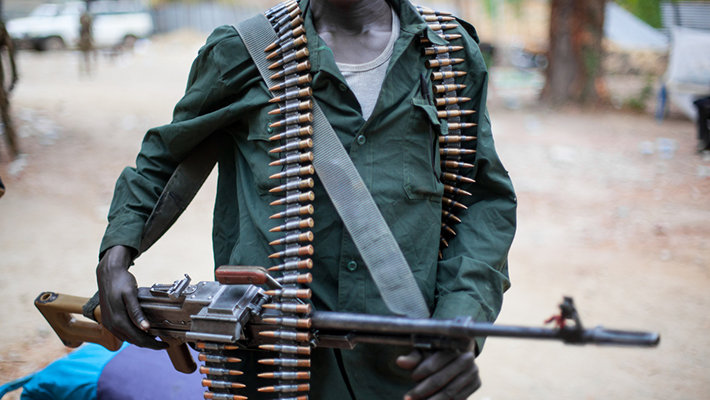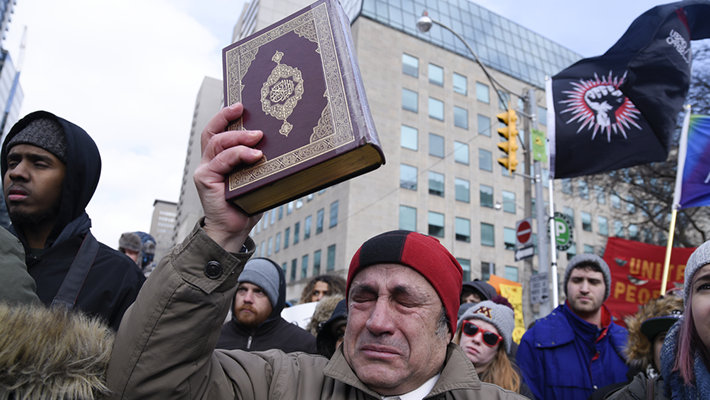
-
HOME
-
WHAT IS STANDOur Mission Our Values Our Help Contact
-
WHAT WE FIGHT FORReligious Freedom Religious Literacy Equality & Human Rights Inclusion & Respect Free Speech Responsible Journalism Corporate Accountability
-
RESOURCESExpert Studies Landmark Decisions White Papers FAQs David Miscavige Religious Freedom Resource Center Freedom of Religion & Human Rights Topic Index Priest-Penitent Privilege Islamophobia
-
HATE MONITORBiased Media Propagandists Hatemongers False Experts Hate Monitor Blog
-
NEWSROOMNews Media Watch Videos Blog
-
TAKE ACTIONCombat Hate & Discrimination Champion Freedom of Religion Demand Accountability
The Rohingya and Ethnic Cleansing—What Do They Say About Us?
In various times and places, ethnic strife has reached such seemingly intolerable levels that “ethnic cleansing” is perpetrated by the leaders of the majority ethnic group.
Rather than have continuous conflict, persecution and violence, it is sometimes suggested that it would be better to separate out the minority group and eliminate it or relocate it. Thus, the majority could enjoy peace. Or so went the thinking that has justified horrendous acts of genocide, murder and terror in the past century.
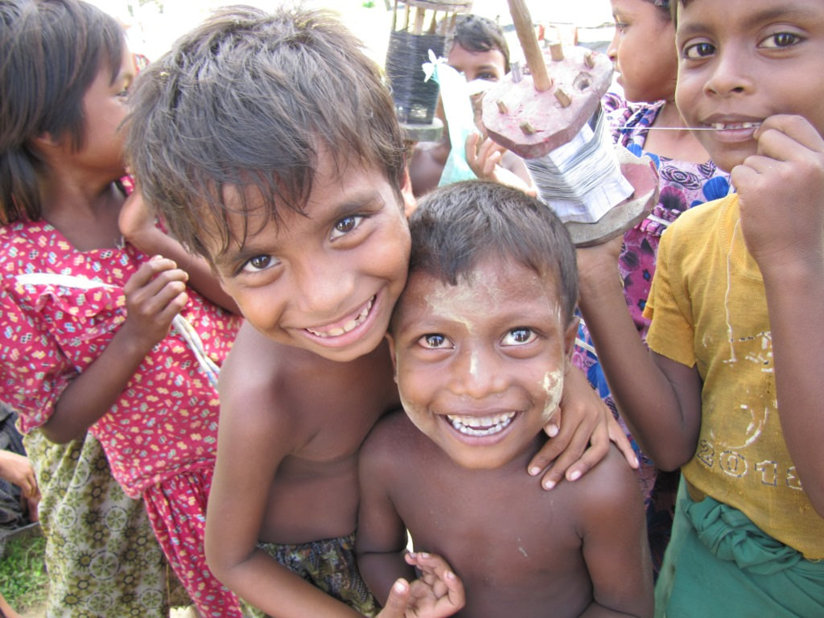
The Armenian genocide at the hands of the Ottomans, the forced relocation of millions of Turks and Greeks following the First World War, the large-scale slaughter of the Jews by the Nazis during the Holocaust—not to mention the atrocities of the Japanese against the Koreans and Chinese during WWII—were crimes that most civilized people thought we had left behind us in history.
So it was that many were shocked by more recent examples of such brutality. The genocides of Cambodia and Rwanda were appalling in their scale and inhumanity as were the atrocities and ethnic cleansing of the Balkan wars in the 1990s.
Weren’t we more civilized than that?
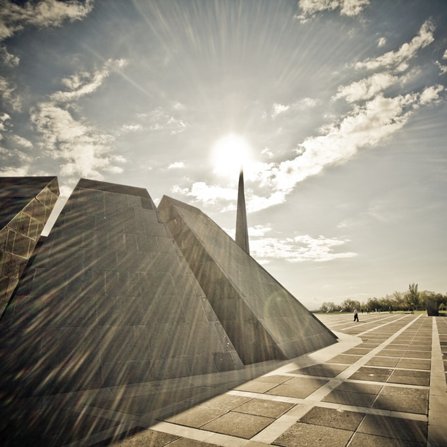
Apparently not. The sad truth is that racial, religious and ethnic hatreds are alive and well in the 21st century and many new crimes are being committed in their names. Take the Rohingya people of Myanmar. Theirs is a particularly tragic story with no solution in sight.
So are we to conclude that minority groups are inevitably condemned to persecution, violence and injustice?
No. There are many examples of ethnic groups living together in peace and harmony. The Jews and Arabs of Morocco have lived peacefully together for over a thousand years. The “troubles” of Northern Ireland resulted in many bombings and reprisals by both sides, yet peace has replaced the violence and the area has been calm for decades. There are cities in Israel where Palestinians and Jews live side by side in harmony and where violence is rare.
North America itself is home to hundreds of ethnic groups from all over the world and somehow they live in harmony with each other.
So, which is it? Are people natively prone to violence or to peace?
When you read or hear someone urging hatred or fear of another group, clearly understand that you are witnessing the provocation of violence against that group.
There has been no shortage of war throughout history. Generally—and regardless of the actual reasons behind the conflict—its promoters know they must generate a level of enmity sufficient to make normally peaceful people willing to commit mass murder against a group. The most often-used tactic is to direct attention on their differences, whether religious, ethnic or racial.
In this way, most conflicts have an element of ethnic cleansing. A particular group is identified as a threat and thus a justifiable target. Each subsequent act of violence leaves its victims and its resentments in the hearts of survivors. But if people were hard-wired only to seek vengeance and retribution, we would be in a state of continuous ethnic or religious war, for God knows there are enough reasons to seek vengeance on this planet.
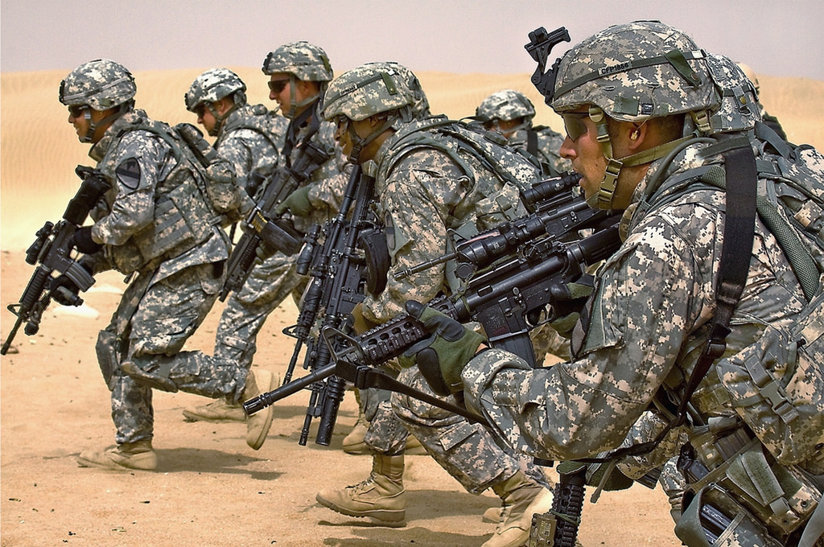
But we are not. Somehow, despite bitter memories, peace takes hold and people of different cultures and races seek to learn to live with one another once again.
I contend that war is not native to humanity and our natural state is to live in harmony. It appears that it requires some sort of ignition to light the fires of hatred and war. If one looks carefully, there have been many situations where the conditions were “right” for war but it did not happen. In many other cases, it did; the missing ingredient was added and the violence began. People that had lived peaceably with each other suddenly found themselves on opposite sides. What happened? The answer is that someone actively promoted the violence for their own ends, that’s all. Whether for personal power or ambition, or to satisfy a grievance or a madness of their own, they actively fanned the flames and sparked the conflagration that followed. Once initiated and encouraged, violence spread like a maddened mob and unthinkable acts became commonplace.
When you read or hear someone urging hatred or fear of another group, clearly understand that you are witnessing the provocation of violence against that group. Some one is promoting war or ethnic cleansing or division—where it all begins—for their own hidden purposes.
Identify them as what they are and we will all be much less the effect of their evil motives. Each conflict has its hidden promoters. Exposed, their power deflates.
Peace and harmony are possible. We must remain alert to their opponents, for these are the opponents of man.
vm_film_conflicts





